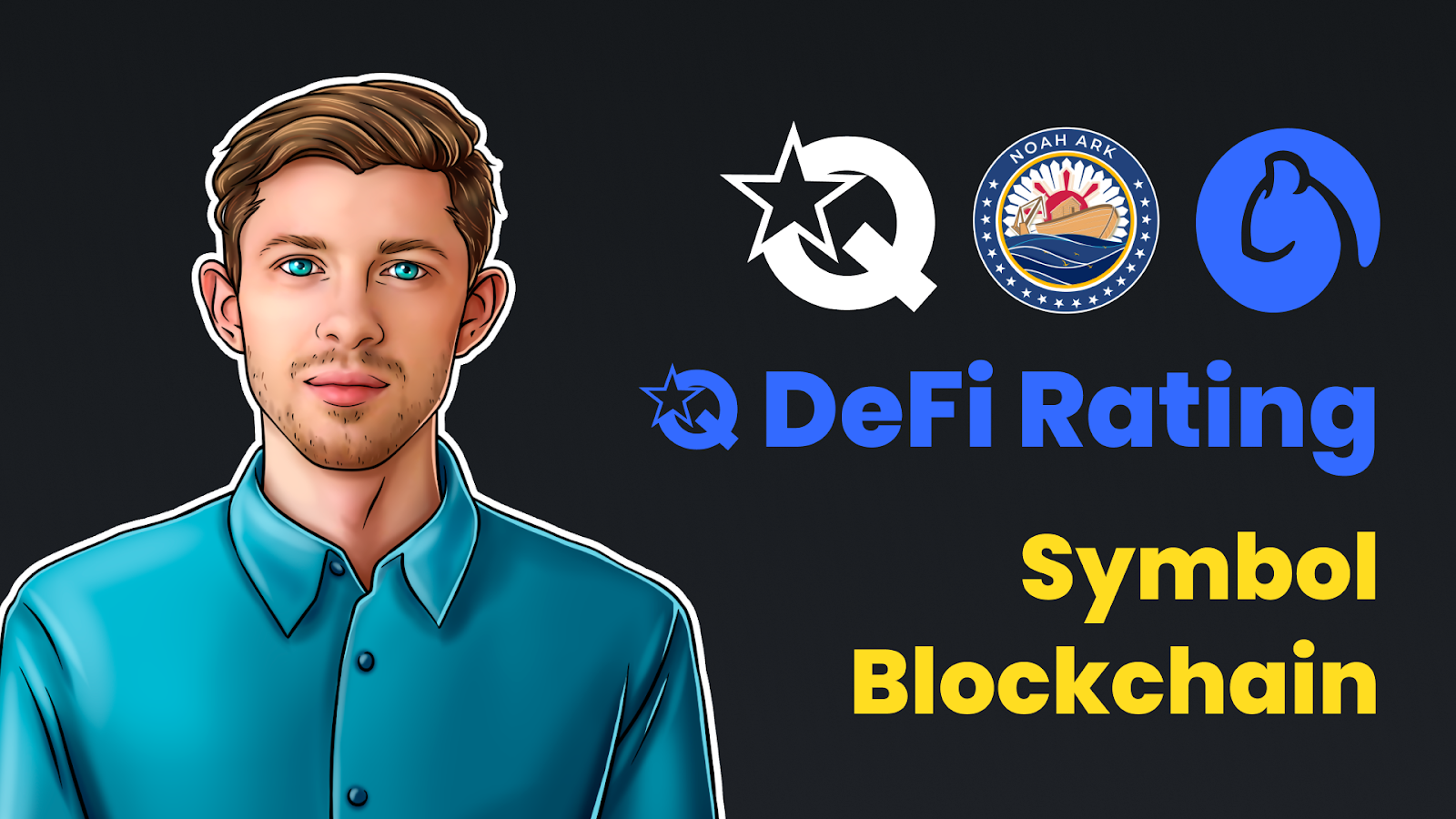Symbol: an improved version of NEM NIS1

Hello Everyone!
Today I am glad to present another review conducted by me. Go to our site to learn how to use Q DeFi Rating risk scoring algorithms to help you earn more! Go to our YouTube channel to watch useful tutorials and cool interviews.
If you want your smart contract to be audited or to create your own DeFi project, go to our site and we’ll help you with the best test on the market.
Symbol is brought to us by the team that created the NEM NIS1 blockchain, though Symbol is an independent product. The NEM development team has no plans to discontinue work on NEM NIS1, it simply supports two products.
The goal of the NEM team was to make an open-source platform for attracting corporate clients - to establish a connection between business and blockchain.
But Symbol promises to be more flexible, faster, more secure and easier to use than the NEM NIS1.
In December 2020, a snapshot of the NEM NIS1 blockchain will be taken and all XEM token holders will receive XYM at a 1: 1 ratio when Symbol launches. Once launched, XYM will be listed on exchanges. The team has not yet disclosed which exchanges the token will be listed on.
Symbol tokenomics and roadmap
Your XEM tokens will remain intact after the snapshot and XEM supernodes will also continue to receive rewards.
The snapshot and the launch of Symbol is scheduled for February 2021.
The project development team owns 1.2 billion XYM tokens. The total supply is 7.3 billion tokens.
The max. supply will be 9 billion tokens (1.7 billion tokens will be sent to inflationary reward nodes that are involved in block validation).
Miners, known as ‘harvesters’, earn rewards just by holding a token balance.
Harvesters can earn greater rewards by running nodes.
The POS + system details
Symbol blockchain has a POS + consensus algorithm. The more tokens held by the node operator, the higher their chances of creating the next block and receiving the harvest reward. The POS + system gives a score for each node operator that’s based on their share size and other factors such as recent network activity and stakes that other users have delegated to them. Thus, POS + tries to drive usage, competition for low fees and other desired behaviors.
The higher the XYM account balance is, the higher the chance is of getting a block reward. Even those without a node can receive part of the block reward by delegating their share to the node.
Node operators can set their own minimum fees for processing transactions. The lower the accepted commission is, the more transactions they will be able to process. Generous node operators may even decide to process transactions for free, if they choose to do so. This creates competition between node operators.
Thanks for devoting your time to our article!
The article is written by Alexey Usanov and Mr. Anton Dziatkovskiy, the co-founder and CEO of Platinum Software Development Company.
Go to QDEFIRATING.com to keep up with the latest news in the crypto sphere and learn which on-chain assets are best to use as collateral for any given blockchain.
Welcome to our YouTube channel, a place where you can find lots of useful videos about the most promising DeFi projects.
Get an audit for your smart contract or create a vastly developed DeFi project with the help of the highly skilled Platinum Software Development team!
Click here to start your free conversation with our developers.

